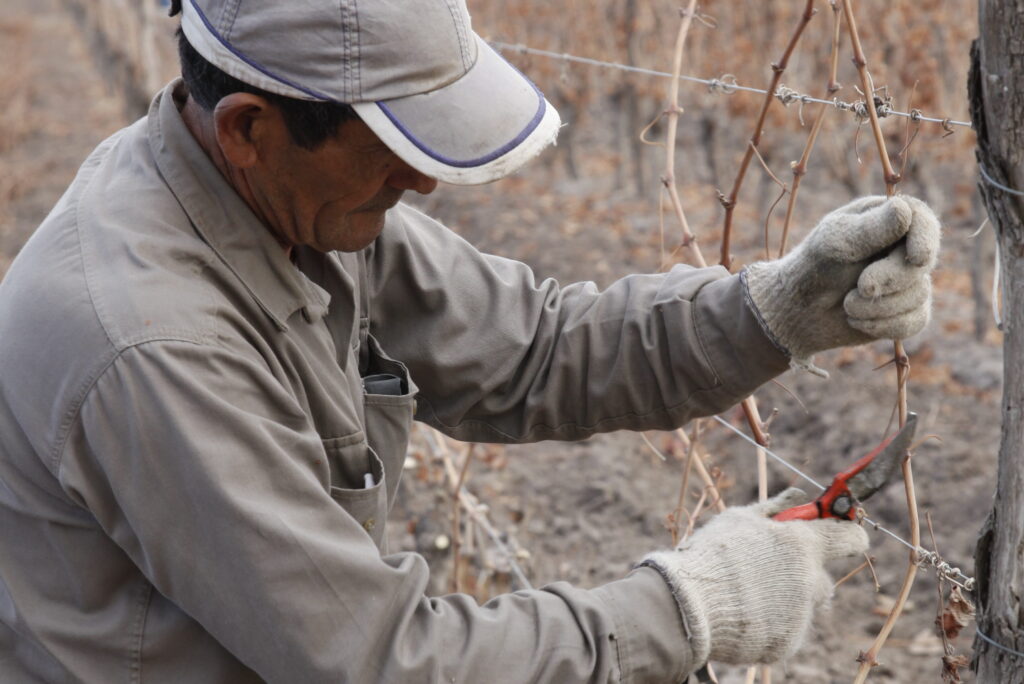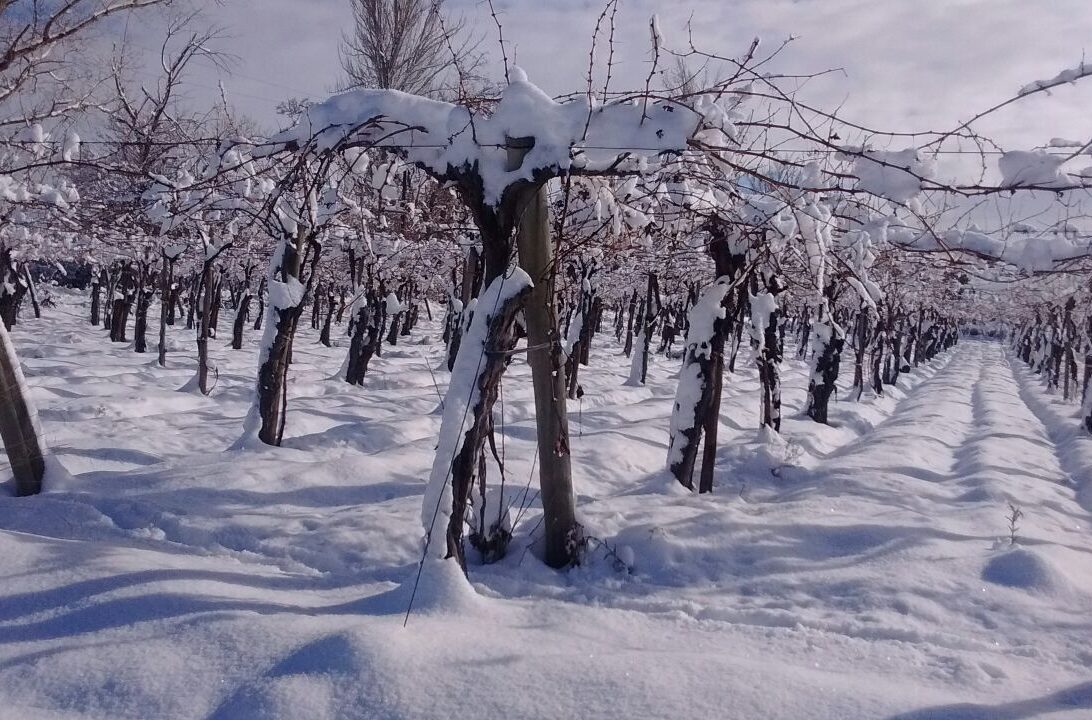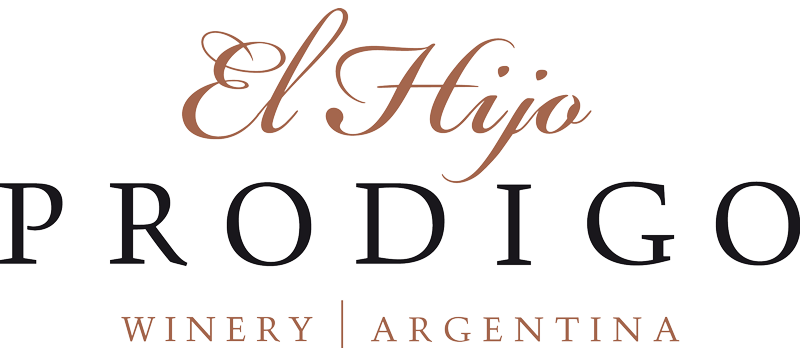About
Challenging our own Traditions
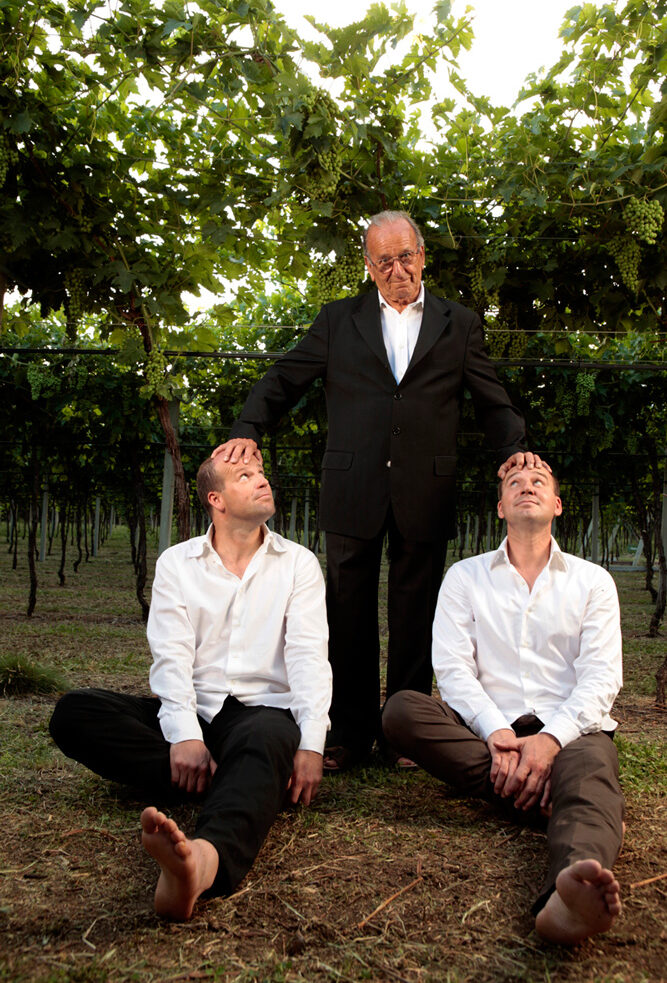

The Land of Mendoza
The soils themselves are deep, permeable and poor in organic matter – qualities that make this a special place for growing vines. Long, recurrent sunny days and significant thermal excursions also encourage good ripening and concentration of grape aromas and colors. The areas where vineyards are cultivated have a dry, arid climate with low levels of precipitation throughout the year, usually peaking in Summer. Humidity is limited. This is why healthy and lush vines grow throughout the year to yield impeccable grapes at harvest time.
Thanks to the altitude of the vineyards – starting from an altitude of 600 meters and reaching up as high as 1700 meters above sea level – leaf treatments in Mendoza are virtually non-existent or very low; consequently, environmental impact is minimal. This combination of factors undoubtedly makes Argentina a special oasis for the production of quality wines. Our company chose the village named “La Consulta” in the Mendoza area, located south of the Uco Valley in the San Carlos Department.
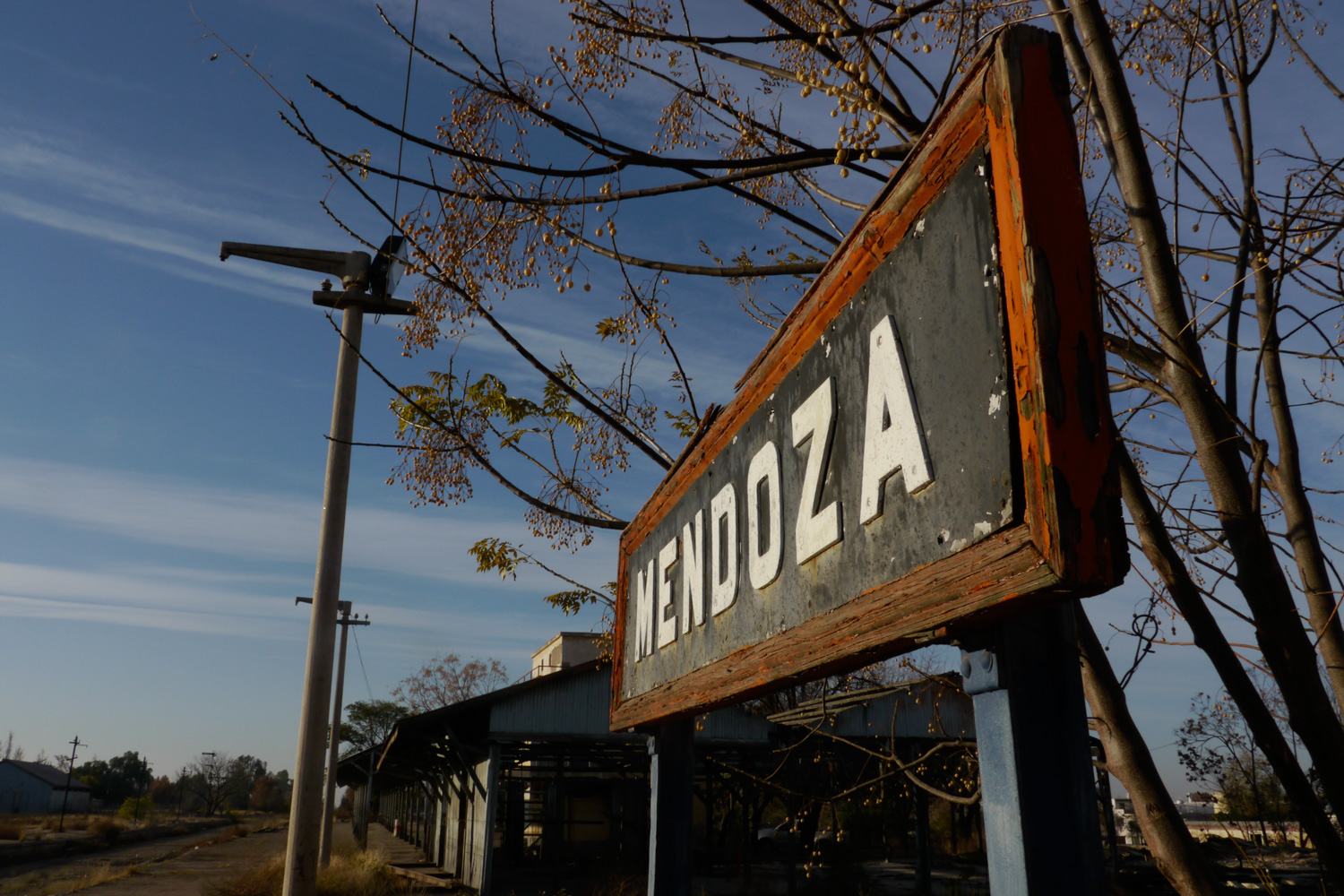
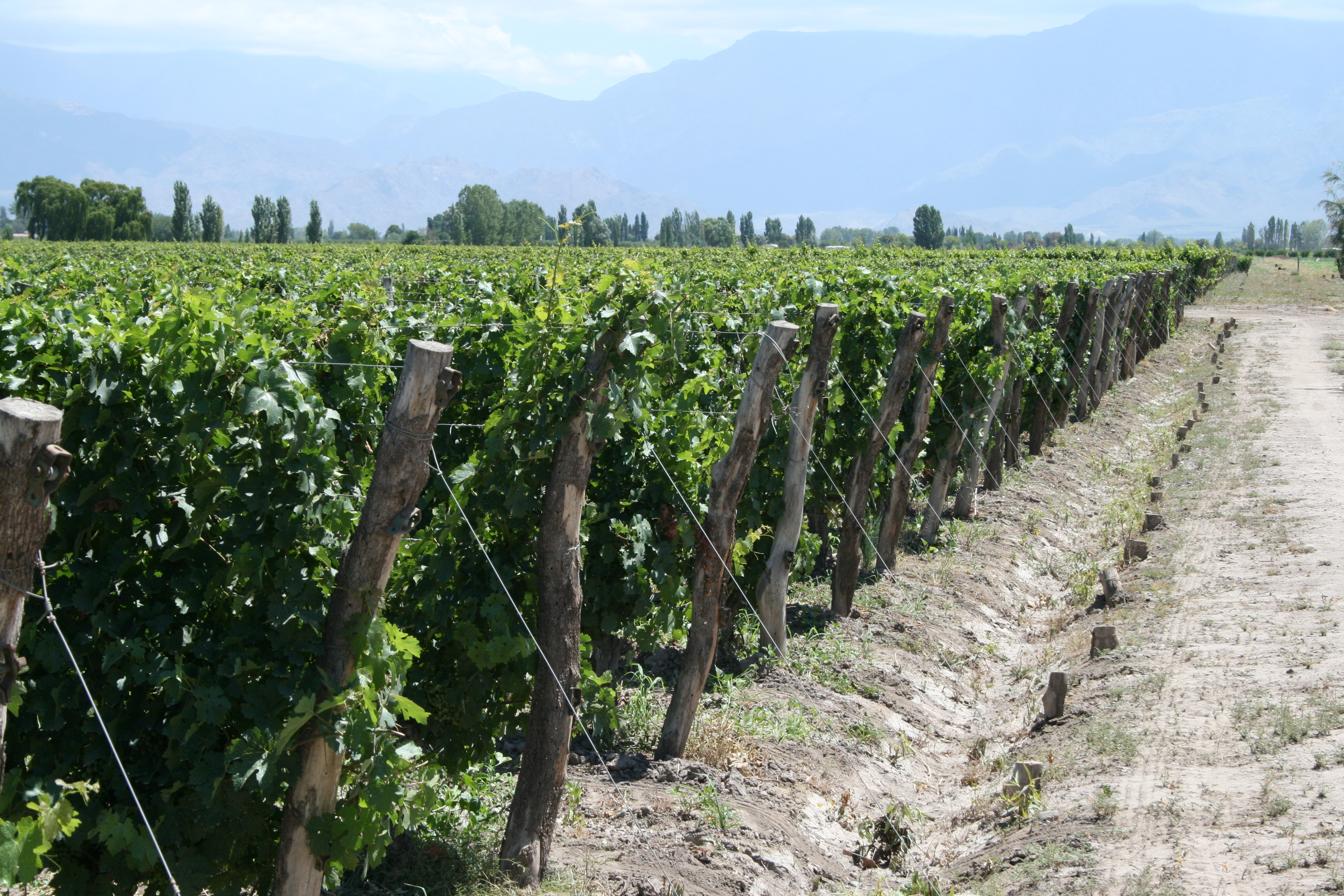
The Terroir of La Cosulta
In Autumn, the air wafting down from the peaks of the Andes into the heart of the valley and the village of “La Consulta” seems even fresher after a hot, sunny day. This is just one of the features that help identify a terroir. They are the special characteristics of this corner of the Uco Valley in the Province of Mendoza (Argentina) in Autumn. The most significant temperature excursions in the entire valley occur precisely here. High day-time temperatures in Autumn allow grape tannins to attain optimal ripeness. In the evening, as Autumn progresses, the air becomes significantly cooler, allowing the leaves and grape bunches to rest and thereby retain such excellent levels of acidity in the fruit. All this is astonishingly evident in the sensory tests carried out in April and is the special factor that makes the all difference. Such grapes mean that we can make wines with a strong personality that at the same time are also extremely elegant. There are scientific reasons that explain why vines such as Malbec and Tempranillo itself achieve such forms of expression as seen in this area. It all lies in the combinations of factors such as temperature, climate and substance and texture of the soil. Yet it is equally true that these vineyards stand out distinctly from the many populating our planet’s hillsides and valleys.
And the beauty is that we do not fully understand the reason for such fine, different and unique results. The task of a wine-maker is to capture this uniqueness in the bottle.
The alluvial soils around “La Consulta” combine clay, silt and sand. The characteristics of the soils in the Uco Valley are as follows. Around 1000 metres above sea level. The soils are mixed with red, dark grey and white stones 10-20 cm in diameter when closer to the river, as is the case of Finca Treguea, to the north-west of the village of “La Consulta”. Clay content varies in proportion, being compact when pure and less so when mixed with sand and silt. Land drainage – the ability to retain rainwater or irrigation – therefore varies as the composition of these soils changes. It is not unusual in the vineyards of El Hijo Prodigo winery to encounter different strata, with a layer of clay having an average thickness of about 50 cm followed by layers of alluvial soil. Among these, the presence of silt is more or less consistent in relation to sand and clay content. This kind of composition is found at Finca Chacon, to the east of the village of “La Consulta”.
